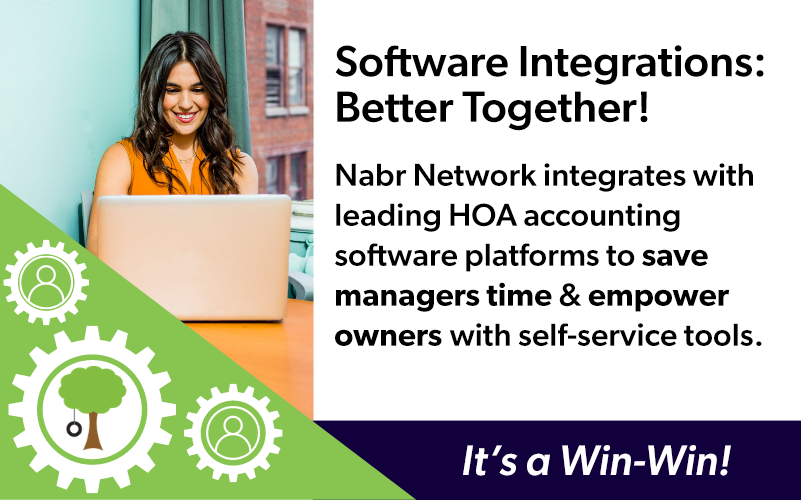Do you remember your first time online? Or the first website you visited?
I remember my family installing that ubiquitous AOL CD. We sat at the computer and listened to the electronic chatter as we were connected to the new frontier called the Internet. I remember bravely exploring the vast, new World Wide Web (before it was taken over by cats and memes).
We are the last generations who will remember this. My 11-year-old son has no idea what it would be like to not have information at his fingertips 24/7. He will never know the frustration of waiting on a slow dial-up connection nor dated websites that serve only as an information repository without any interactive or self-service aspects.
User experience, user interface and web design have come a long way since the earliest .com days. There’s no reason for the HOA websites you work with to be stuck in tech time warp. Today’s technology makes it simple to create and manage beautiful, modern websites. Make the most of your web presence with time-saving automation and accessibility.
Here’s a list of contemporary features that will make HOA websites work for you.
- Mobile optimization is a requirement. Today’s websites must work with whatever device they are viewed on. A great website looks and functions equally well on desktop and mobile. The website gets bonus points if it offers a mobile app. When checking for mobile website capabilities, look at text size, ease of menu navigation and general visual design. If you can’t read it, can’t navigate through it, and/or can’t see the entire width of the page, you know your site isn’t mobile-friendly.
- Messaging features are of increasing necessity. Mobile apps have conditioned us to expect information to come to us. Residents think the same way about HOA information – they don’t want to have to look for it – they want it in the palm of their hand. Look for push-technology that can send notifications to homeowners across different channels such as mobile app, text messaging and email.
- Websites should provide self-service opportunities. HOA business is not always conducted during office hours. Not surprisingly, homeowners think about their HOA when they are at home on evenings and weekends. They want to make reservations, fill out forms and check their account balance instantly, instead of waiting for the management office to reopen. Meet this need by offering self-service features on the HOA website. This allows residents to help themselves—anytime, anywhere.
- Websites need compelling visuals. Websites should feature large, vibrant photos of the community. Imagery is an important part of web design. Showcasing photos of the community will help residents connect with the website on an emotional level and will help foster a sense of community pride. Opt for lighter (as opposed to dark distracting) background colors that will allow the site’s images to stand out.
- The site’s layout should make sense. The menu structure and document organization should be logical so that residents can easily find the information they need. Ensuring that important association information, individual account details and your company’s payment portal are easily accessible will save your team time and save you money.
- Easy updates are a must. All the HOA websites your staff works with need to have an easy-to-use content management system. It’s inefficient for community managers to spend time struggling to update an outdated website. Instead, make sure all sites are user-friendly and offer full support and training.
Do the community websites you work with include the features listed above? If not, help is just a click away. Nabr Network offers an affordable website solution that can be rolled out to one, some or all the communities in your portfolio.







